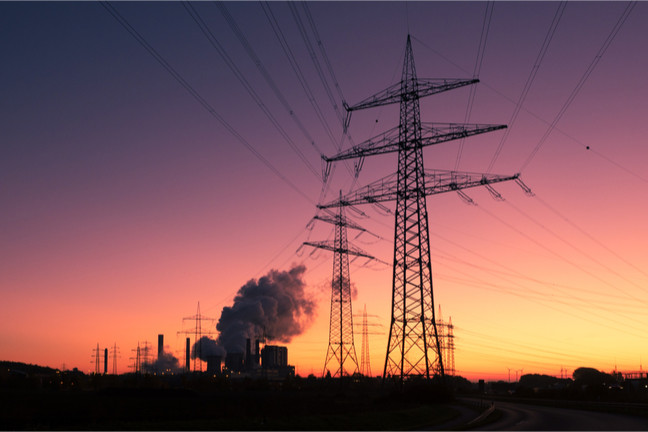
"OpenAI wants the Trump administration to build 100 gigawatts of additional electricity generation capacity per annum to avoid the US being overtaken by China in the AI arms race. The highly-valued generative AI biz says electricity is "a strategic asset" critical to building the AI infrastructure that will secure US leadership on "the most consequential technology since electricity itself." However, China is outstripping America in constructing new capacity, adding 429 GW in 2024 compared with just 51 GW achieved by the land of the free."
"OpenAI says "electrons are the new oil" (which makes a change from data being described as such) and China's lead in adding capacity is creating an "electron gap" that puts the States' standing at risk. This brings to mind the Cold War "bomber gap" of the 1950s, when US government poured millions of dollars into expanding the Air Force's nuclear bomber fleet due to a mistaken belief the USSR already had large numbers of them."
""We believe the Trump Administration should work with the private sector on an ambitious national project to build 100 gigawatts a year of new energy capacity," OpenAI says. OpenAI says it's working with Wisconsin utilities to increase capacity for its newly announced Stargate datacenter campus. The company claims its infrastructure will feed energy back to the grid or reduce draw to protect consumers from higher costs. Meanwhile, Americans in multiple states have seen electricity bills climb, with AI datacenters taking the blame - as The Register forecast last year."
A proposal calls for the Trump administration to build 100 gigawatts of additional electricity generation capacity per year to prevent the United States from losing AI leadership to China. Electricity is framed as a strategic asset essential for AI infrastructure, with the warning that 'electrons are the new oil' and that an 'electron gap' is emerging as China added 429 GW in 2024 versus 51 GW in the United States. The plan includes partnering with utilities to expand datacenter capacity, feeding energy back to the grid, and addressing an expected 20% shortfall in skilled trade workers.
Read at Theregister
Unable to calculate read time
Collection
[
|
...
]